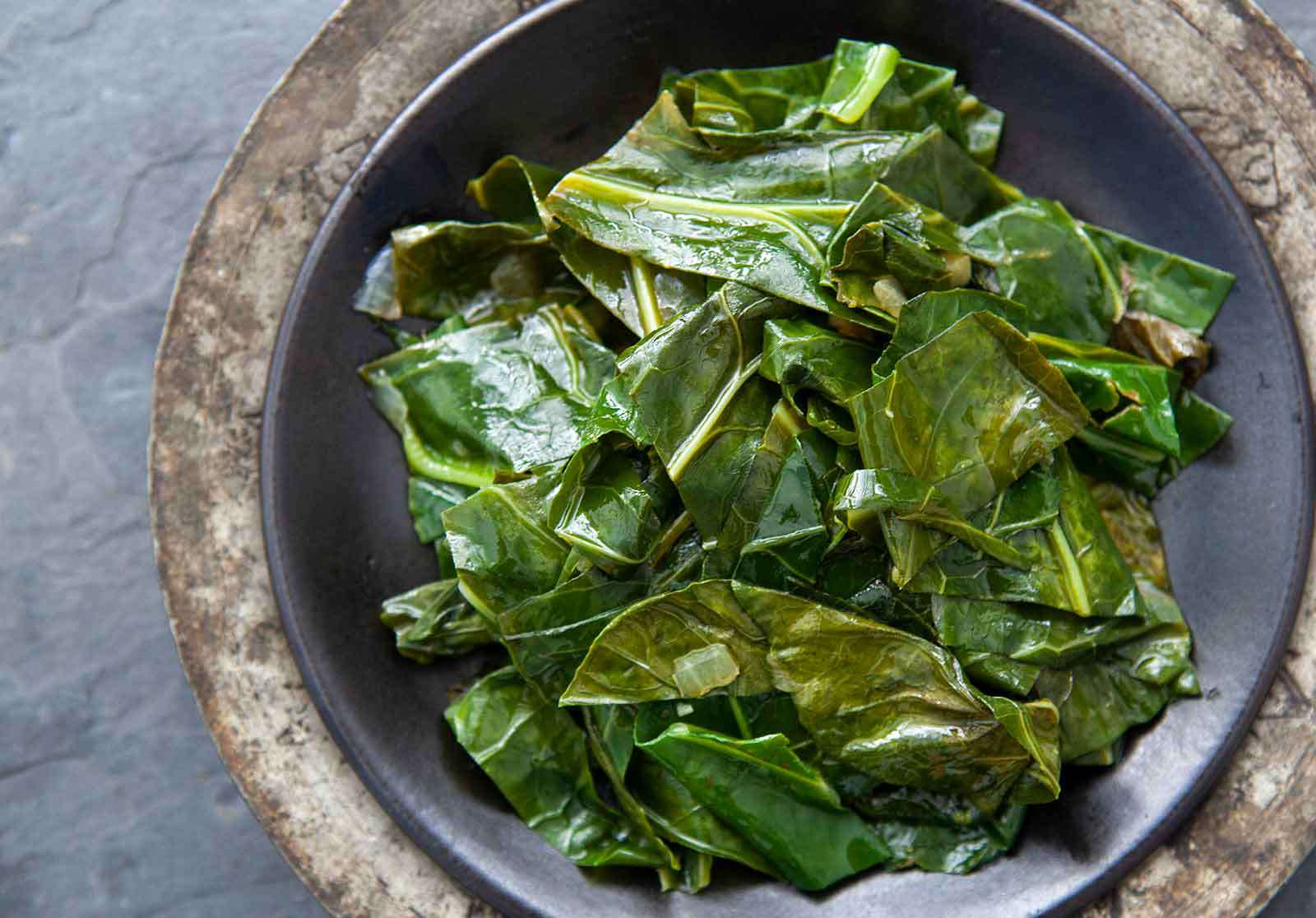Cooking Greens on the Stove: Achieving Perfectly Tender
I. Introduction to Cooking Greens on the Stove
A. Recognizing the Nutritional Value and Versatility of Greens
- Understanding the Benefits of Incorporating Greens into Your Diet
Greens, such as spinach, kale, and collard greens, are packed with essential vitamins, minerals, and fiber. They are low in calories and high in nutrients, making them an excellent addition to a healthy diet. Greens also offer a variety of flavors and textures, adding versatility to your meals.
Cooking greens on the stove is a convenient and efficient way to prepare them. Stove-top cooking techniques, such as blanching, boiling, sautéing, or stir-frying, can help retain the vibrant color, texture, and flavor of the greens.
B. Unveiling the Key Factors and Considerations for Stove-Top Cooking of Greens
- Exploring Different Types of Greens and Their Cooking Times
Different types of greens have varying cooking times. Tender greens like spinach or Swiss chard require less cooking time, while tougher greens like kale or collard greens benefit from longer cooking to soften their texture. It is important to understand the specific cooking times for each type of green to achieve optimal results.
- Gaining Insights into Seasoning and Flavor Enhancements for Delicious Results
Seasoning and flavor enhancements play a crucial role in elevating the taste of cooked greens. Experimenting with various herbs, spices, and seasonings can help enhance the natural flavors of the greens. Adding ingredients like garlic, onions, or lemon juice can also provide a refreshing and flavorful twist.
II. Choosing and Preparing the Greens
A. Selecting Fresh and Quality Greens
- Assessing the Importance of Choosing Fresh and Vibrant Greens
Choosing fresh and vibrant greens is essential for ensuring optimal flavor and nutritional value. Look for greens with crisp leaves and vibrant colors. Avoid greens that appear wilted, yellowed, or have signs of damage.
- Exploring Different Varieties and Their Unique Flavor Profiles
There is a wide variety of greens to choose from, each with its own unique flavor profile. Spinach offers a mild and slightly sweet taste, while kale has a hearty and slightly bitter flavor. Experimenting with different varieties can add diversity to your meals.
B. Cleaning and Prepping the Greens
- Understanding Proper Cleaning Techniques to Remove Grit and Dirt
Cleaning greens thoroughly is important to remove any dirt or grit. Fill a sink or large bowl with cold water and immerse the greens. Gently swish them around to release any dirt particles. Repeat this process until the water remains clear.
- Exploring Methods for Trimming and Removing Tough Stems or Ribs
Depending on the type of greens, you may need to trim or remove tough stems or ribs. For example, with kale or collard greens, you can separate the leaves from the stems and discard the stems. For spinach or Swiss chard, the stems are tender and can be included in the cooking process.
III. Cooking Techniques for Tender and Flavorful Greens
A. Blanching or Boiling Greens
- Assessing the Benefits of Blanching or Boiling for Tender Greens
Blanching or boiling is a quick and effective cooking method for tender greens. It helps retain the vibrant color and crisp texture while slightly softening the leaves. Blanching also helps remove any bitterness from the greens.
- Exploring Recommended Cooking Times for Different Types of Greens
The cooking time for blanching or boiling greens varies depending on their tenderness. Tender greens like spinach only need a quick dip in boiling water for about 30 seconds to 1 minute. Tougher greens like kale or collard greens may require 3 to 5 minutes of cooking to achieve the desired tenderness.
B. Sautéing or Stir-Frying Greens
- Understanding the Quick and Flavorful Cooking Method of Sautéing or Stir-Frying
Sautéing or stir-frying greens on the stove allows for quick cooking while retaining their vibrant color and texture. This method involves cooking the greens in a hot pan with a small amount of oil or butter, along with other seasonings or ingredients for added flavor.
- Evaluating Seasoning Options and Cooking Times for Optimal Texture
When sautéing or stir-frying greens, consider adding garlic, onions, or spices to enhance the flavor. Cook the greens over medium-high heat, tossing them frequently, until they wilt and become tender. The cooking time will depend on the type of greens and personal preference. It is best to taste and adjust seasoning as needed.
